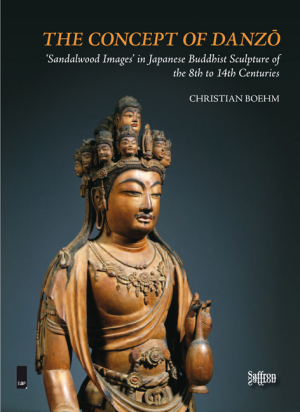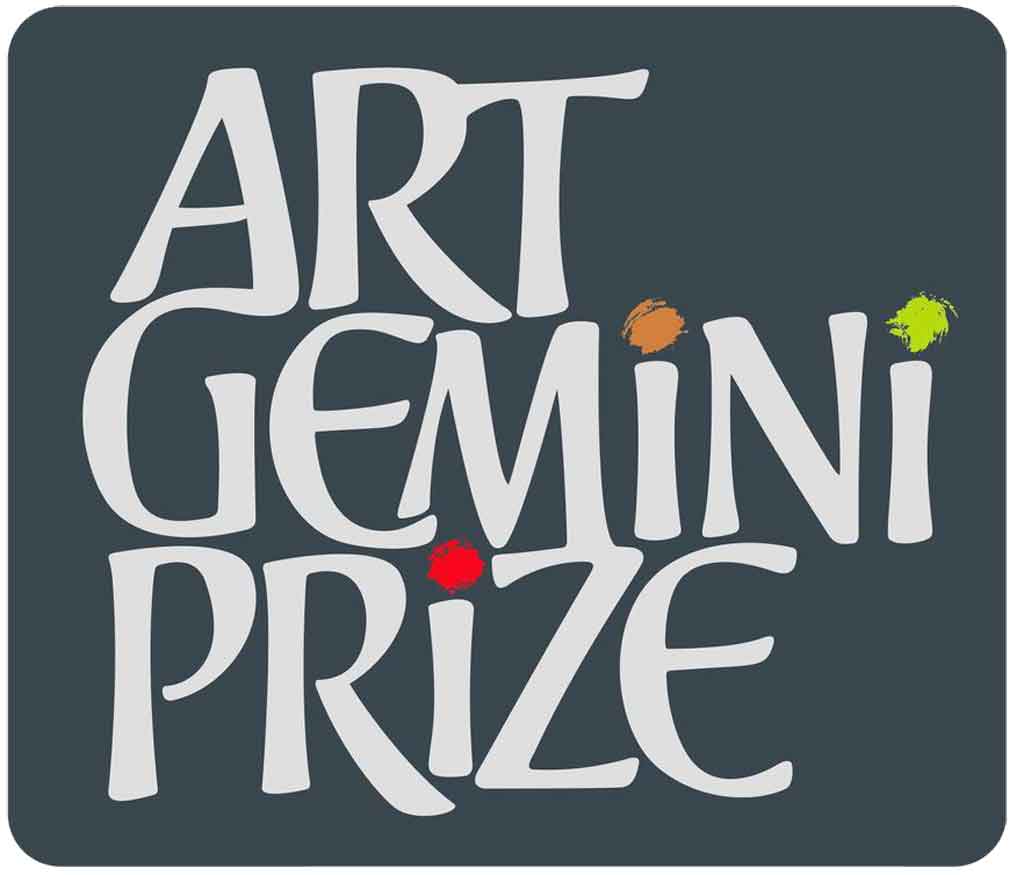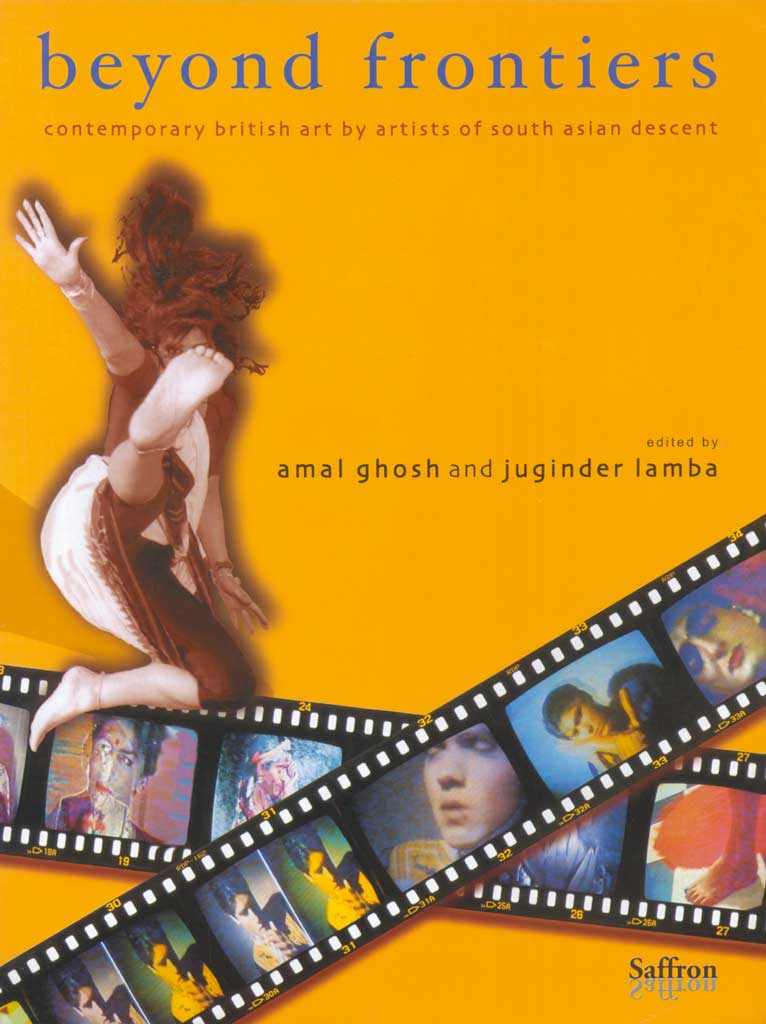Abstract Moods at London's Hua Gallery
It’s a sign of London’s challenging economic climate that Hua Gallery, on the Thames riverside at Battersea, can rightfully proclaim itself the only major commercial gallery in the British capital devoted to contemporary Chinese art, writes SAJID RIZVI. There are other players in the field, of course, but none currently command a functioning commercial space as does Hua.
Not long ago a much larger space at about the same place as Hua Gallery, Albion Riverside, was occupied by the late departed Albion Gallery, which staged several dramatic shows of contemporary Chinese and other Asian art. The Albion famously advised visitors they were spoiled for choice when it came to visiting the gallery: they could zip down in a helicopter at the nearby Battersea helipad, familiar to celebrities, business types and the security industries.
No need to rush for this show, however, it’s on till 25 August, 2012, but it’s certainly worth a visit or two to absorb and enjoy what’s on offer.
Gallery Director Shanyan Koder says she can draw the necessary international clientele to her extremely well appointed space and cites her family’s well-proven business acumen in Hong Kong for her confidence. Abstract Moods offers works from Chinese and European artists of Chinese descent that explore, well, abstraction of one sort of other. In “mood” and content it is an eclectic mix, and rightly so, because there’s nothing London’s art collectors like more than an element of surprise, aside from technical finesse, of course.
The works on offer reflect trends among young artists both in China and on the British scene. Acrylics, oils, photography and video are the media of choice for artists who want to engage in art creation that is most viewed internationally and most frequently written about, ie western art from Europe and the Americas.
The works in the show are redolent of youthful energy and the rushed and impatient brushwork and strokes, in many if not all of the works on display, are indicative of the artists’ eagerness to participate in a discourse that’s forever changing and evolving.
Han Zhongren divides the canvas into blocks of bright contrasting colours before applying thick brush strokes that reference western expressionism but are intended as an emotion-charged narrative on the experience of extreme change in native China, in particular Beijing, the challenges posed by rapid urbanisation and the social upheavals in its wake.
British Chinese artist Gordon Cheung’s multimedia work, Four Riders, proposes the blinding speed and chaos of change in a globalising world, wherein he conveys his ambivalence about the current state of flux and his anxieties about what the future holds, with a direct recourse to biblical association of signs, symbols and events. The informed viewer is thus prompted to read into the fluid imagery of his work overt references to the Four Horsemen of the Apocalypse, a concept that even in antiquity was interpreted and reinterpreted in different ways and continues to provide material for artistic imagination.
Chinese artist Chen Guocheng, currently based in London, exercises a deft hand presenting the viewer with imagery that is at once suggestive of present realities and unknown and undefinable messages that entice the viewer’s mind into other worlds, some to be experienced and enjoyed but not necessarily to be understood. The seductive mystery of his well-executed works has won Chen Guocheng an audience that can only seen to be growing as his oeuvre expands.
In this sense Yi Xuan’s exploratory paintings also offer possibilites of reinterpreting what has been tried and tested before. The imagery of the work suggests prolonged contemplative processes, including possibly meditation, preceding the final execution of each work, following which the end result is intriguing and thought-provoking. Some of the most innovative use of media is evident in the work of Taiwanese artist Kuan Ching Mediha Ting, who draws on a somewhat rare Muslim ancestry on that enchancted island. Kuan Ching Mediha applies a whole range of materials to produce complex works where acrylic colours and Chinese ink engage in a dialogue with fragments of documents and calligraphies. She too addresses modern anxieties about what the cyberculture holds for the human race and the planet and is certainly one of the artists whose work promises to lead both the artist and her audiences to new fields of enquiry. ©Sajid Rizvi.
Abstract Moods. 10 July to 25 August 2012. Hua Gallery, Unit 7B, G/F, Albion Riverside, 8 Hester Road, Battersea, London SW11 4AX. Opening times: Monday to Friday: 9.30am to 6.00pm, Saturday: 11.00am to 6.00pm. Free admission







